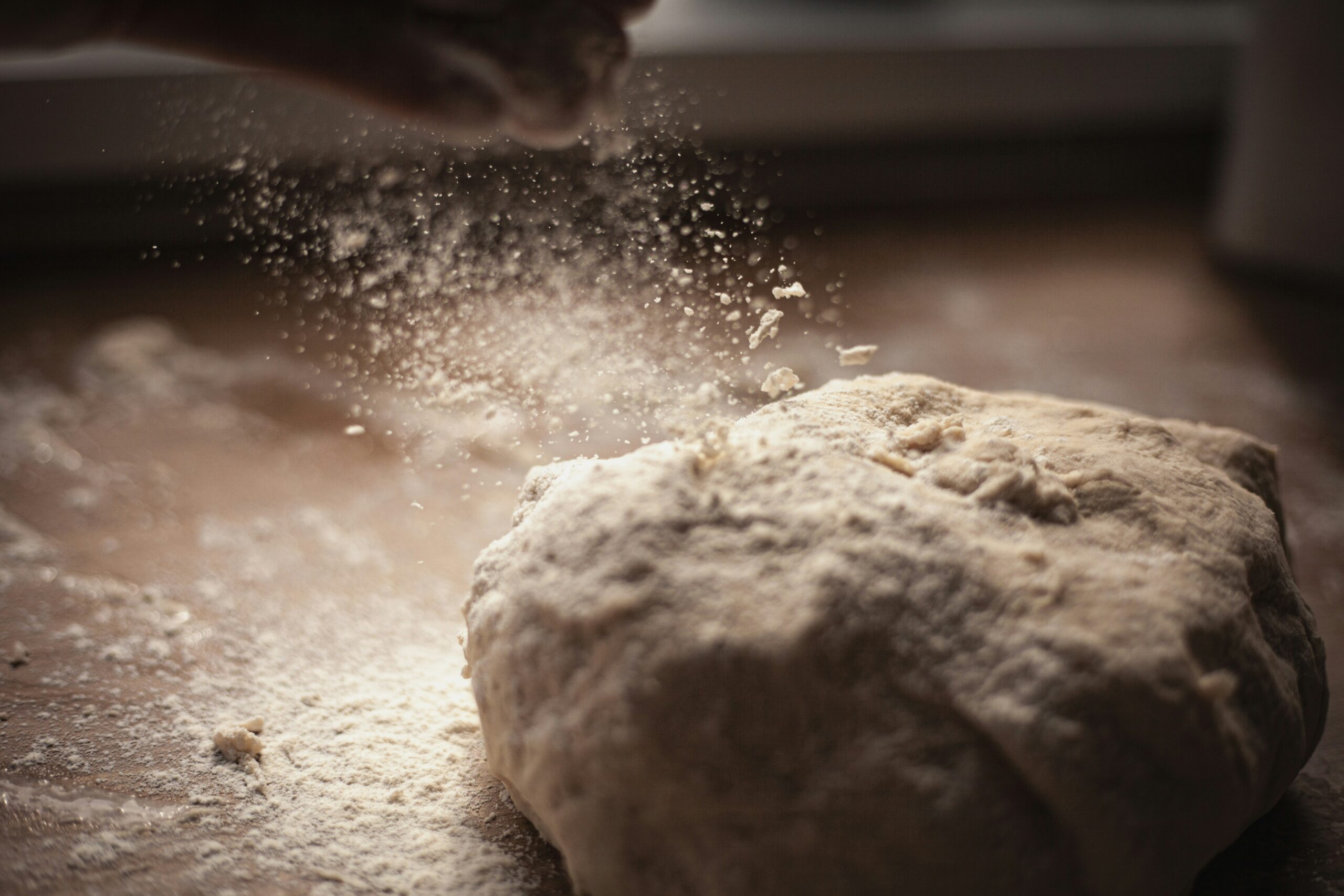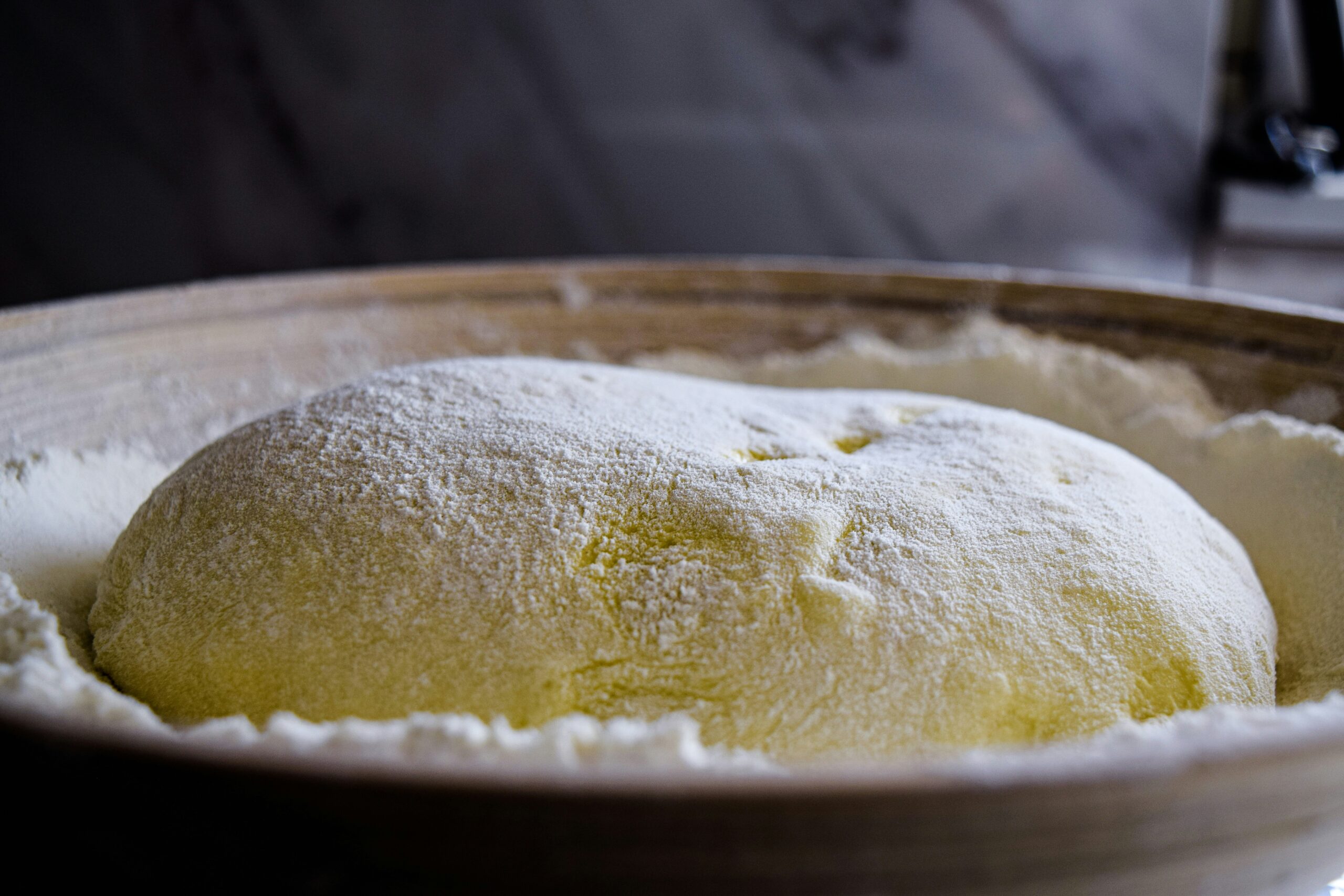You just finished baking your bread, but you must let it cool before you do. WHY? I really want to eat that hot, delicious smelling loaf of goodness. And after cooling, we need to talk about storing our bread.
Why Cool Bread Before Slicing
We cool our loaves because it they will continue to bake, and extra moisture will escape as it cools. If you don’t let your bread cool before slicing, it may get gummy or dense. It could even collapse – gasp! – because the crumb hasn’t yet solidified. This happens as bread cools, folks.
How to Cool Bread Properly
Carefully remove the bread from the pans, and let cool with air flow on all sides. Rolls can cool on a baking sheet unless you need it for the next batch. If bread isn’t releasing from the pan, you can let it cool in the pan for 5 minutes or so, and if needed run a soft spatula down the inside of the pan.
How Long to Cool my Bread?
The idea is to let the loaf cool to 90 – 100 F inside the loaf, according to BakerPaedia.
Post-Bake Washes
As the bread is cooling, we can do a post-bake wash to help soften the crust or adhere toppings that we didn’t want to bake in the oven.
SOFT CRUST: brush your bread with butter or oil after the bake.
SWEET, TOPPED CRUST: brush with honey after the bake, immediately sprinkling your toppings on. The honey will soak in and leave your toppings attached.
Storing Bread
If you are going to eat the bread within a few hours, leave it on the cooling racks.
Otherwise, once they have fully cooled, store them in plastic or other bags so they don’t dry out. Plenty of folks love storing bread in the beeswax soaked fabric wraps, while others use plastic bags.
Store in the Freezer
You can wrap and freeze your bread if you don’t want to eat it right away, but may I recommend slicing it ahead of time if you will not want to remove the entire loaf later?
You’re welcome! It’s not recommended to keep your bread in the fridge, although some areas that are extra hot or dry may actually do better in the fridge.
HARD CRUSTS: if you wrap these breads, the crusts will get soft – so
instead keep the cut-side down. If you wrap the bread, paper would be
better than plastic.
Join Our Group
Connect with fellow bread enthusiasts in the “Milling Fresh Flour with Lovely Bell and Dr. Mel” community. Gain insights, troubleshooting tips, and personalized guidance for baking with freshly milled flour. Embrace the journey of artisanal bread making with support from a vibrant community dedicated to mastering the art of bread.



